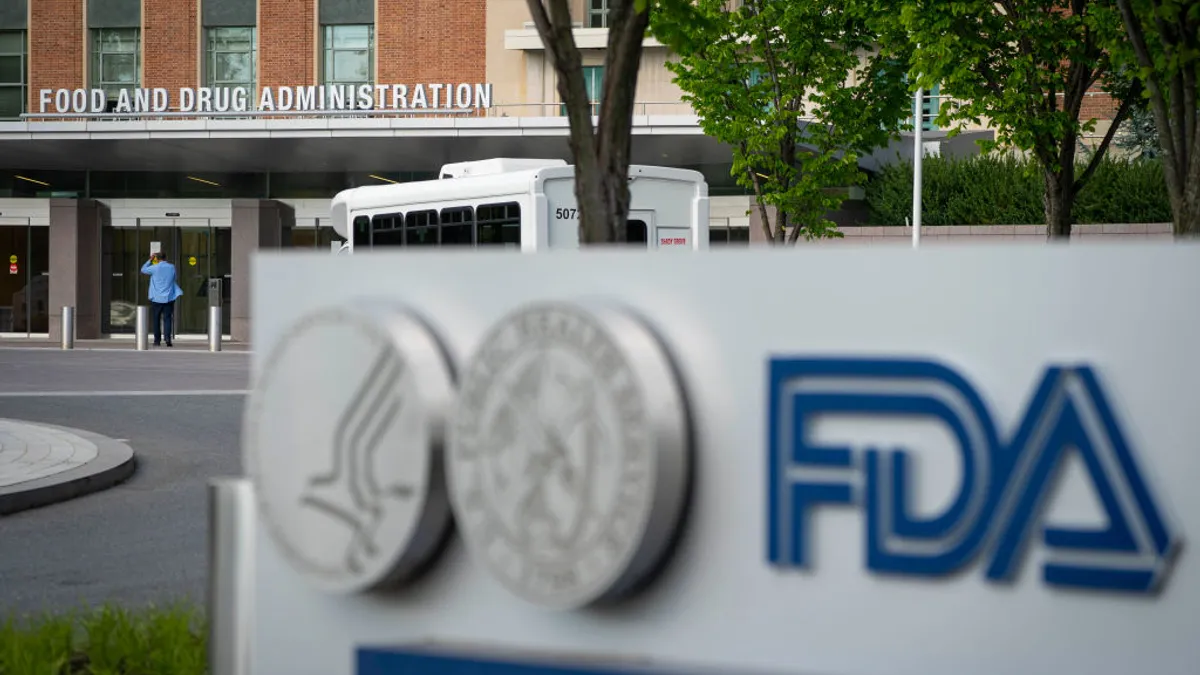Dive Brief:
- Food and Drug Administration officials have outlined how lifecycle management could address the challenges of generative artificial intelligence in healthcare.
- In a blog post published Thursday, leaders from the FDA’s Digital Health Center of Excellence (DHCoE) shared their work to map the AI lifecycle and identify key activities at each step in the process.
- The authors see the model as a playbook for helping to assess standards and a launchpad for other projects, such as the development of a checklist for the systematic creation and evaluation of AI.
Dive Insight:
Troy Tazbaz, director of the DHCoE, and John Nicol, digital health specialist at the center, co-authored the blog post. In the post, Tazbaz and Nicol said lifecycle management has been essential to creating reliable software since the 1960s. Today, software development lifecycles embody the principles to provide a structured framework for each step from planning to retiring programs.
DHCoE has worked to map the phases of the traditional lifecycle onto the specific steps involved in AI development. The work generated a model that shows the AI lifecycle as a wheel that starts at planning and design. After seven total stages, such as model building and real-world performance evaluations, the wheel returns to the planning and design step, showing an ongoing development cycle.
The illustration also expands each of the seven stages of the AI lifecycle to show details of activities that take place at each step. Planning and design, for example, features activities such as problem definition, algorithm selection and feature engineering.
Tazbaz and Nicol said the model could serve as a guide or a playbook to help assess standards, tools, metrics and best practices for the considerations in each phase of the lifecycle. Applied to considerations about data suitability, the model could help “identify the relevant standards and applicable metrics, like data quality, population coverage and provenance,” and explore tools for tasks such as bias detection.
DHCoE also sees potential for the model to support other projects, such as the AI creation checklist and “adoption of a harmonized approach to unify development strategies, techniques and discipline.” Tazbaz and Nicol are encouraging the healthcare community to “engage with, iterate and refine these concepts” and consider the lifecycle model “for standards development efforts in AI.”











